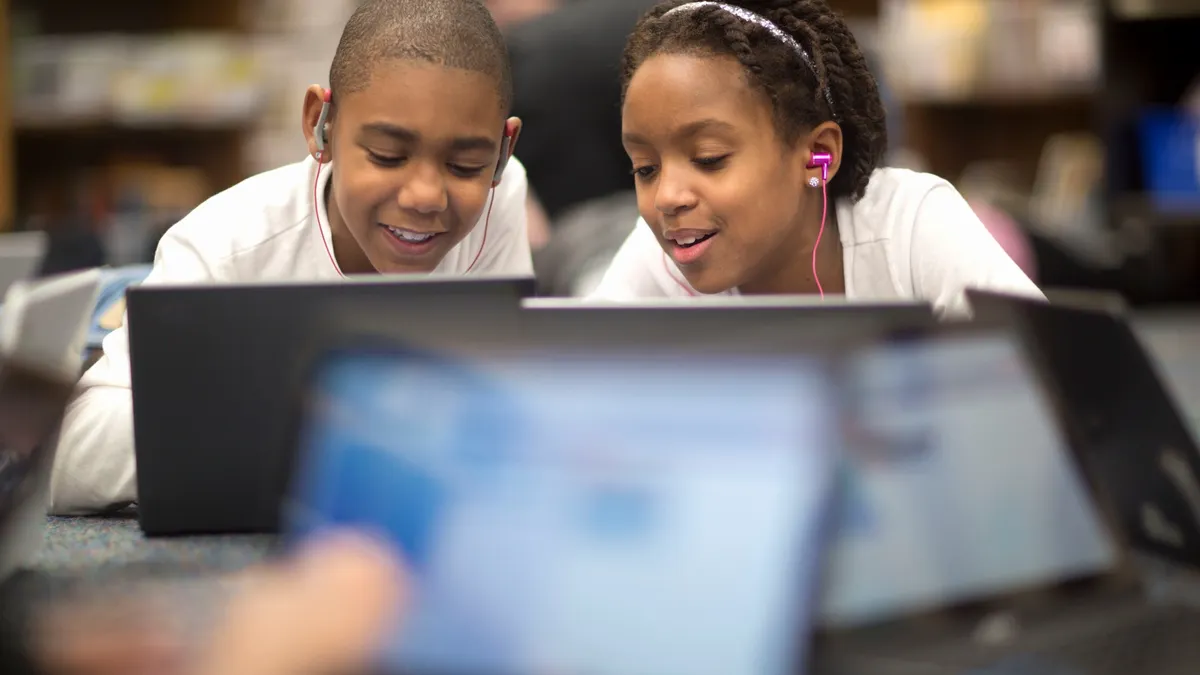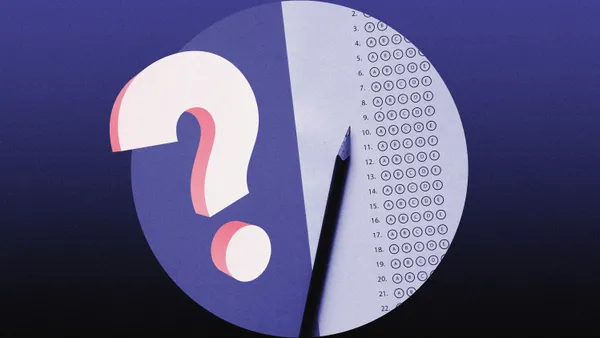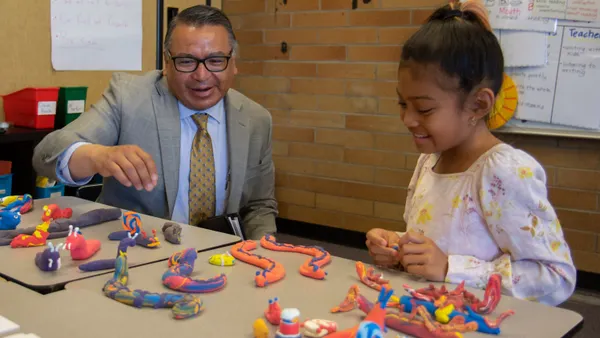Nearly three years after ChatGPT’s debut, educators are thoughtfully weaving AI into their classrooms. While they remain justifiably cautious about its long-term impact, many are embracing small, creative innovations that are already delivering outsized benefits for students.
It's time for school leaders and curriculum partners to catch up.
Education pioneers have long advocated for innovative models like competency-based education to replace the outdated seat time approach. These models offer a path toward greater equity by addressing long-standing structural barriers—but systemic change is hard-won.
AI can accelerate that shift.
AI finally places scalable competency-based education within our reach—it’s up to curriculum partners and district leaders to reach out and begin the structural work, though it may require a relentlessly incremental approach.
At McGraw Hill, we’ve already begun to see what happens when AI-powered capabilities are leveraged by visionary school leadership to drive personalization. I like to think that these are early indicators of an inflection point in our industry.
Here’s how AI is already moving us closer to an equitable, personalized future for teaching and learning:
AI Will Give Teachers an Extra Set of Hands (or 30!)
While AI can never replace a teacher, I have heard from educators in the field that it certainly would be nice if they could clone themselves. With limited time and increasingly diverse student needs, it’s nearly impossible to deliver truly personalized instruction to a class of 25+ students by will alone.
We know that one of the greatest obstacles to implementing personalized learning or competency-based education is the time required to source and deliver differentiated materials—especially in a post-pandemic landscape marked by widened achievement gaps.
That’s where AI comes in. At McGraw Hill, our AI-powered personalized learning ecosystem draws on rich student performance data from multiple practice and assessment touchpoints to provide teachers with a comprehensive picture of student proficiency. Our system then draws from a relevant and vetted library of our high-quality, proven content to deliver personalized activities that teachers can assign with a single click, and targeted mini lessons for small group work.
We also know keeping students engaged in individualized pathways is a challenge. That’s why our adaptive tools, such as ALEKS and ALEKS Adventure (for the little ones), use AI to deliver targeted instruction precisely within each student’s Zone of Proximal Development. By offering choice within a meaningful challenge, these tools create a positive feedback loop: autonomy fuels motivation, and success builds confidence.
AI Will Give Teachers an Extra Set of Eyes (and Insights)
Personalized learning and competency-based education require data. Specifically, they require high-quality data on individual student performance measured against the specific standards and corresponding skills deemed necessary to master to move on. But teachers can’t be expected to gather and analyze scores from scattered assessments while juggling the demands of classroom management and daily instruction.
This is where AI offers perhaps its greatest potential: the ability to collect, interpret, and recommend based on student performance data. Our AI-powered personalized learning ecosystem synthesizes data into a dynamic Standards and Skills Graph, giving educators a clear, real-time view of student and class proficiency. It simplifies one of the biggest hurdles in standards- and competency-based instruction: tracking individual progress with accuracy and ease.
However, no matter how many interactions students have with digital learning programs in a school year, the data yielded from those interactions by no means carries more weight than the astute observations of the teacher, who knows the learner best. Our new Observational Checklists allow teachers to input their own observations on student proficiency, and our data scientists are working to seamlessly and accurately feed this observational data into the Standards and Skills Graph.
Generative AI will have the greatest impact on instruction when it’s designed with educators in mind. At McGraw Hill, we’ve created Teacher Assistant, a new chat bot trained specifically on our content and aligned to standards and skills. Teacher Assistant allows teachers to quickly, with natural language, identify what standards and skills are addressed in a lesson. It simplifies lesson planning and differentiation by serving up relevant resources on specific skills. Our developers are also working to enable the Teacher Assistant to even help teachers interpret student performance data and inform their instructional decisions to drive personalized learning – as if every teacher had their own personal data scientist, learning scientist, and instructional coach perched on their shoulder.
And we’re just getting started. For AI to influence real change, curriculum developers must continue to build thoughtful, purposeful tools—and school leaders must support teachers in exploring and iterating. Innovation won’t happen all at once, but every small shift moves us closer to a personalized and equitable system in which all students have a fair shot at turning their potential into progress.
For a deeper look into McGraw Hill’s evolving application of AI in PreK-12 education, please see:
Sean Ryan is president of McGraw Hill’s School group, which is responsible for providing PreK-12 educators and learners with programs, tools, and services supported by differentiated pedagogical instruction and purposeful technology.










